What Only GIFs are Doing
KOSTAS AGIANNITIS, SAATCHI GALLERY MOTION PHOTOGRAPHY PRIZE FINALIST, 2014
Steve Wilhite invented the GIF (Graphics Interchange Format) in 1987 when he needed a lightweight image format that could work across platforms. If you’ve never shared or created a GIF, think of it like a jpeg. It’s a file format that can be sent via email or text, saved offline and posted to a website or social media platform, used as a screensaver, even included in word processing software (such as Apple's Pages). In its 30 years of existence, much has changed: the jpeg has become as commonplace as street signs, the internet has changed everything and communication technologies, computer software and cameras have converged into the smartphone. All of which has provided us the ability to create, edit, animate and share images like never before.
The medium is also being adopted by artists as an art form distinct from those of stop-animation, video, film and (still or single-image) photography, legitimized by the Saatchi Gallery’s coinage of the term “motion photography” to describe what only GIFs are doing.
IT'S PRONOUNCED JIF NOT GIF, STEVE WILHITE, 2013
just a tool
When the Webby Awards recognized Wilhite in 2013 for his invention of the GIF, he gave his 5-word acceptance speech in form of a GIF - “It’s Pronounced JIF not GIF” setting the internet ablaze. “Flabber-jasted” read one headline and Mother Jones called it "The Most Absurd Religious War in Geek History". Though on the surface the GIF vs JIF argument is about language, underneath lies the question: Who shapes the nature of a new technology, its creator or its users?
The “How dare he!” collective gasp from fans of the format is a product of the participatory media paradigm, full of users with high levels of awareness as to the role they play in the feedback loop that shapes a tool of technology. “Thanks for the fun new tool, now watch what we make of it!” The GIF cannot be constrained by the context in which it was originally created, no more than its inventor can tell us what to call it.
So what is the current context shaping the GIF’s evolution and seemingly sudden ubiquity?
JAMIE MARTINEZ
Data Overflow
Back when people carried digital cameras around to commemorate moments (or even before cell phones were able to capture so many images with such speed and clarity), a person might take 1-5 pictures of a particular moment, say standing in front of the Niagara Falls. That number was further restricted by the quality of their digital camera. So out of 5 pictures, 2 were out of focus and 1 was badly lit, leaving you with 2 options for archiving that moment. A simpler time in many ways. Currently, phones can take dozens of photos inside of 1 second, resulting in too much information to easily reduce a moment down to the “best” shot. There are many “best” shots. Too many.
Sorting through this overflow of visual data, the eye becomes accustomed to swiping through picture libraries seeing strobe-light slideshows of moments within a moment. The same scene in the background throughout, with multiple poses of the subjects in the foreground, creates a relationship to images that are experienced as neither singular nor continuous in nature. The act of swiping through images in this way is a sort of vj-ing—scratching the visual record, controlling the speed and arrangement, going backwards and forwards as we please. When viewing videos captured on any touch-screen device, thumbnails of frames can be seen at the bottom like a film strip, allowing us to read-ahead (or view-ahead) and view-backwards as well as "play" the recording in reverse, creating fast and slow-motion effects by sliding our fingertips.
Our relationship to both video and still images has shifted, and the feedback loop provokes the emergence of more tech that serve this new aesthetic, like photo bursts, Snapchat's animated emojis and Google's Pixel phone that is described here as having "a real GIF underbelly". The GIF is not going away. GIFs turn digital image excess from waste of (hard drive) space to something “more” than a picture and put these new ways of seeing to creative and expressive use.
express yourself
While the eye is being primed for this new relationship with images, the creative act lags behind. Few people create their own GIFs to be shared through messaging platforms but GIFs are being used colloquially as emoji shorthand 2.o in communication threads. Recently they have emerged alongside emoji and sticker libraries within most messaging apps. Consider your emoji options for expressing "happy" or "happy dance"
then consider the above GIF in comparison (1 of 126,205 options made available when searching "happy dance" at Giphy.com). GIFs not only do much better at nailing down a particular emotion, but they are also searchable using natural language, unlike auto-suggestions for emojis that are primarily literal. Emojis use cartoon representations which simplify information to amplify meaning, as Scott McCloud explains in Understanding Comics, like this:
Though many GIFs also use cartooning, this process away from detail is almost reversed by conveying universal emotions using specific references.
THAT HAPPY HOMER MOMENT
When used in this expressive context, GIFs are time-based in both form and content. Their meaning is connected to a specific moment in the past, reviewed through a kind of collaborative interfacing between “speakers” and archival footage. To do this, GIF-creators employ the massive annals of pop culture references and representations available to them on the internet. And this is why it important for individuals, especially those underrepresented in media, to create and spread GIFs that expand the visual lexicon of representations beyond the limitations of popular stereotypes, problematic narratives and recycled tropes available through search engines. Whenever making something new from existing representations of people(s), it is important to interrogate the motivations of one's choices, as Teen Vogue points out in their piece We Need to Talk About Digital Blackface in Reaction GIFs.
FROM FORMAT TO ARTFORM
The GIF has opened up a dimension somewhere between the mediums of (still) photography and (continuous) video, and artists are making creative use of this new space. Though the process can be similar to stop motion animation, what is produced is something akin to its opposite. Stop motion animation creates video footage that conceals changes made between frames, producing a continuous visual, smooth despite being assembled from incremental segments. The GIF, on the other hand, gives movement to a still image, expanding the vocabulary available to photographers and image-maker’s surrounding focus/focal points. Artists can use movement of one element within an image to emphasis a piece of visual information being portrayed, as Mathew Clarke has done in the GIF below.
MATHEW CLARKE, SAATCHI GALLERY MOTION PHOTOGRAPHY PRIZE FINALIST, 2014
Slowly the institutions of high art are coming to realize that net artists have been exploring this format’s potential for almost 30 years, and are looking at ways to exhibit and archive these works. Words like living stills, motion photography and half-moving images are being introduced by artists and curators to cement the GIFs significance in the canon of art history, the same way Impressionism and other art movements have expanded the proverbial palette in the past.
What directions do you think GIFs will take us in the coming years?
Author: karen darricades
Blog cover GIF: GERARDO JUAREZ, Saatchi Gallery Motion Photography Prize Shortlist, 2014
More links that lead to GIFs:
Motion Photography Prize, Saatchi Gallery
10 Awesomely Tasteful Animated GIFs, WIRED
30 Artists Proving That GIFs Are The Next Great Art Form, Buzzfeed
The 30 Best Animated GIF Artists on the Web, CreativeMarket.com

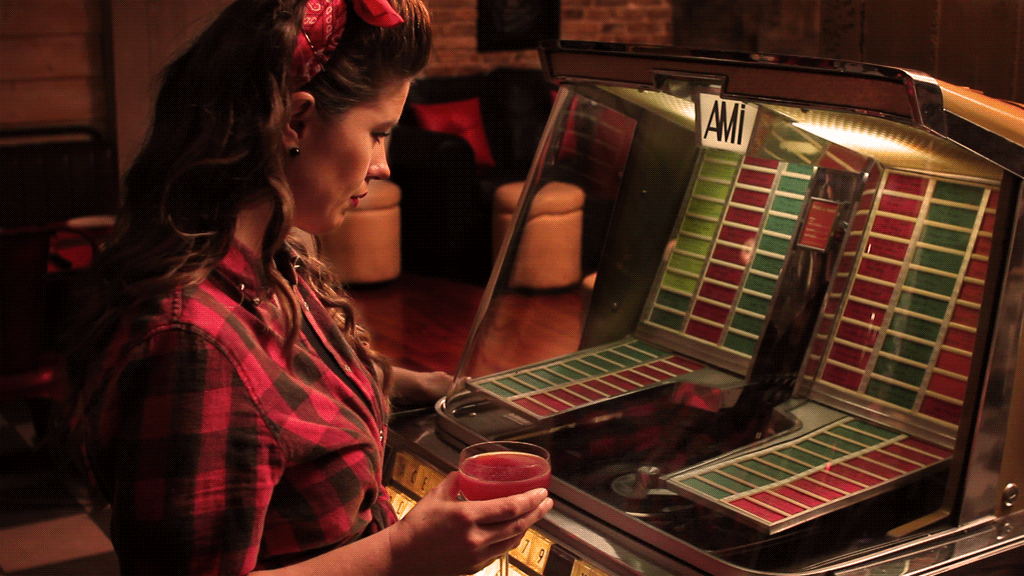
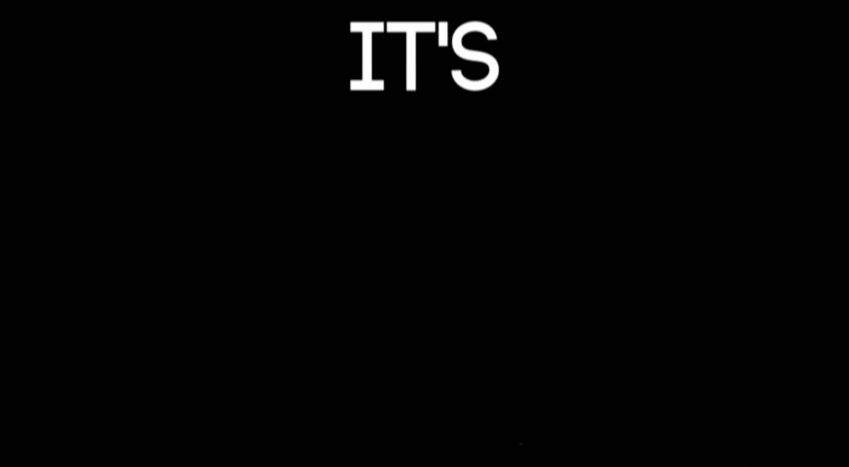
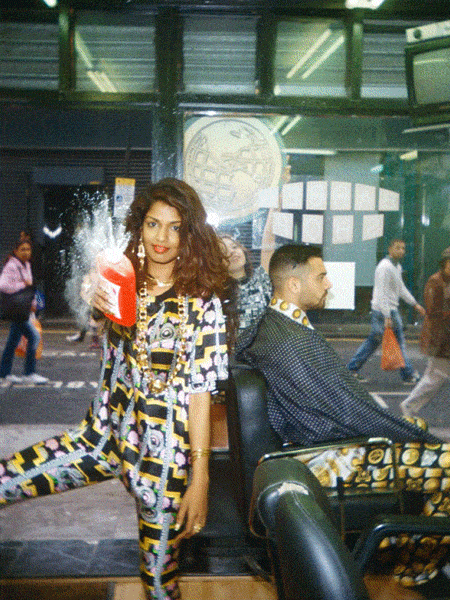





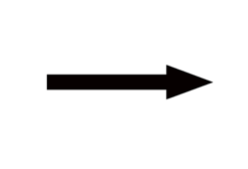




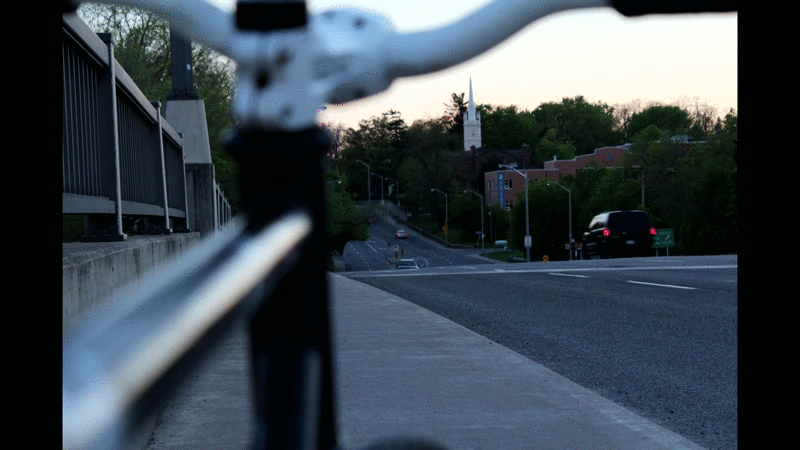



Works of collage that use visual metaphor and puns; reflect lived-experiences; express individuality and share stories of personal growth and vision.